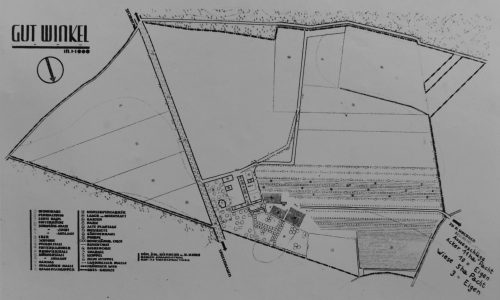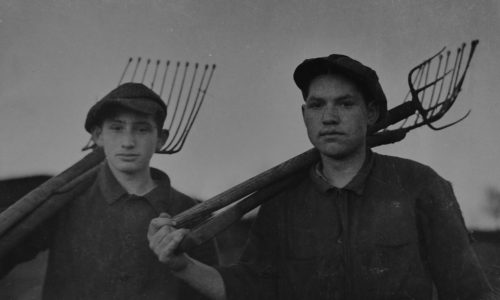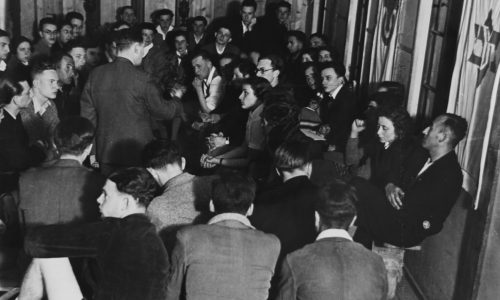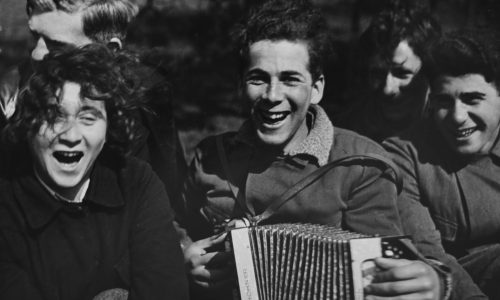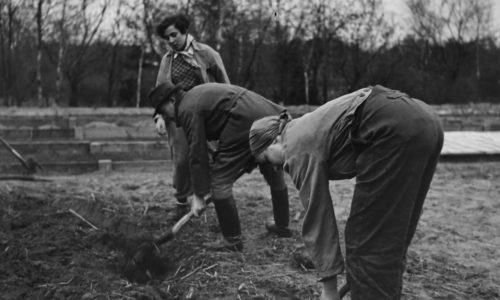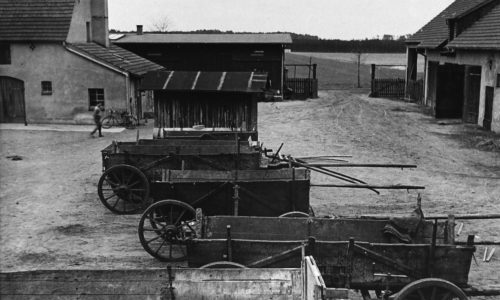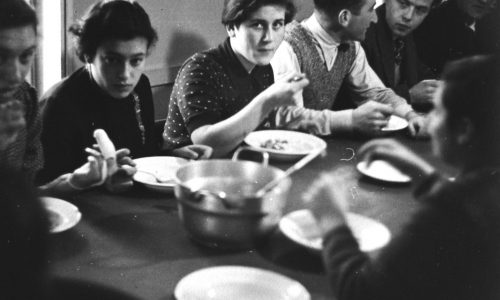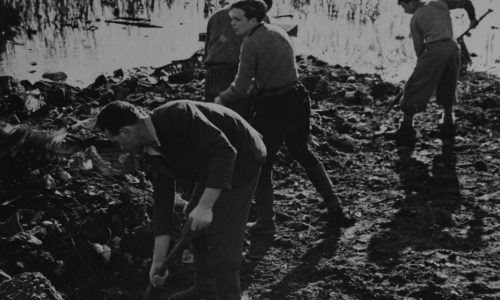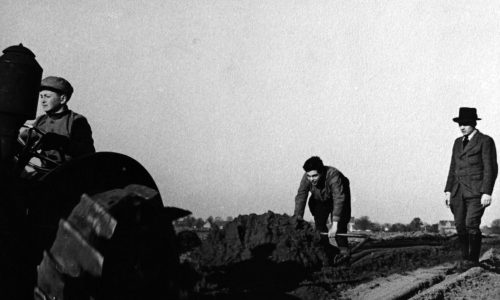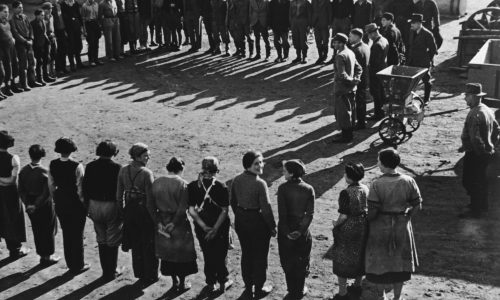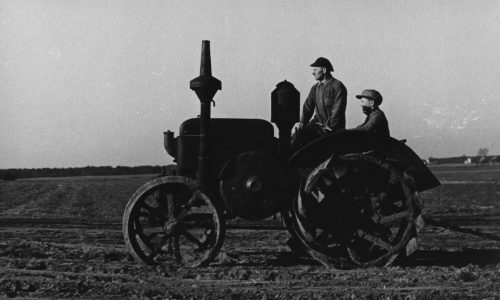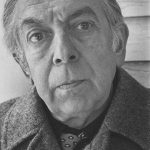Gut Winkel
During his first trip to Palestine in 1921, Schocken had a memorable visit in a kibbutz, where met young “halutzim” (“pioneers” in Hebrew). In a letter he wrote his children, he praised what he saw. He described meeting Hebrew-speaking farmers who were scrappy, driven, self-reliant, and hungry for knowledge. Schocken paid them the highest compliment by later describing himself as an “economic halutz”.
After returning to Germany, Schocken was motivated by a sense of urgency to help Jewish youth emigrate to Palestine and join agricultural settlements. He converted a large estate outside of Berlin that belonged to his late brother Simon, into an agricultural training farm. Gut Winkel, as it was called, prepared Jewish-German youth to become future pioneers, destined to live and work in the new kibbutzim. The renowned photographer Roman Vishniac visited Gut Winkel and published a photographic essay based on scenes from the farm’s life.
The farm trained hundreds of youth. Many of them managed to join the kibbutzim – especially Beit Zera – where their agriculture knowledge and training were invaluable. The Nazis shut down Gut Winkel 1941, and sent the entire class to a concentration camp. The farm director, Martin Gerson, was given the option to stay behind. He decided to join his students, and was murdered with them in Auschwitz. In 2003, the Schocken Publishing House published a book in their memory.
